How Many Watts Does a Microwave Use?
Microwaves are, by far, one of the most convenient appliances we use in the kitchen today, but how many actually take the trouble of thinking over the quantity of energy that is consumed by the appliance? Power bills increase or your electricity goes off, and it particularly matters to know the merits of a microwave's wattage. Then how many watts does a microwave use? Most microwaves come in the 600 to 1200 watts range. This guide will shed light on microwave wattage, energy consumption calculation, and how solar generators could be used to help cut down costs and act as a backup in emergencies.
Understanding Microwave Wattage
Wattage of a microwave is the amount of energy required to cook food. The more the wattage, the quicker and the even the food will be. Entry-level models can operate with a power of 600-800 watts, which can be used to lightly reheat, with the majority of family-sized units of 900-1200 watts. Commercial microwaves may be up to several times greater, usually over 1500 watts.
It should be noted that you need to check the rating label of your model, typically inside the door or the back. This helps you know its power needs, in particular when you are likely to operate it in a backup power supply such as a solar generator.
How to Calculate the Energy Consumption of Your Microwave?
Your establishment of the microwave consumed power is done by multiplying the watts of the device by the duration of use. An example is that a 1000-watt microwave used for 10 minutes would burn around 0.167 kilowatt-hours (kWh).
Here's a simple formula:
Energy Consumption (kWh) = (Microwave Wattage ÷ 1000) × Hours of Use
So, if you use your microwave for 30 minutes daily at 1000 watts, that equals:
(1000 ÷ 1000) × 0.5 = 0.5 kWh per day.
That is approximately 15 kWh in more than a month. This aids in the estimation of its contribution towards your energy bill.
How Much Does It Cost to Power a Microwave?
This will necessitate different charges according to the local cost of electricity, typically expressed in cents per kilowatt-hour. For example, with a rate of $0.15 per kWh, using a 1000-watt microwave that runs 30 minutes a day, the cost will be around $2.25 per month.
Although this might look insignificant when compared with the bigger appliances, such as the refrigerators or air conditioning units, money is likely to be spent when the microwave is extensively used in a house. The knowledge of how many watts a microwave uses is also handy in thinking about backup plans in cases of outage or renewable energy sources.
Can Using a Solar Generator Reduce Electricity Microwave Costs?
Yes. The solar generator will enable you to power your microwave without using the electricity grid, thus reducing electricity expenses, besides provide you with an electricity emergency backup when there is an outage. Rather than drawing power from your utility, you can store free solar energy and use it when required.
The use of solar generators also allows one to be assured that there is power in the case of storms, camping, or power outages. Mid-to-high wattage appliances, such as microwaves, require generators with a suitable capacity to handle the power consumption. This is where AFERIY solar generators come in. For example, knowing how long a 3000-watt solar generator can run helps you plan usage for appliances like microwaves, refrigerators, or even multiple devices at once.

How to Choose the Right Solar Generator for a Microwave
Two spots are the most important when deciding on a solar power generator: the sustained output voltage (in watts) and the battery storage potential (in watt-hours). The construction of a generator of an average 1000-watt microwave must allow high power bursts that exceed the rated power to shut down.
AFERIY P310 3600W Solar Generator Kit
AFERIY P310 3600W Solar Generator Kit is the highest quality in the category of reliability when families want to have constant power. A stronger 3840Wh battery and a nonstop output of 3600W make it capable of operating the microwave, the refrigerator oven, and other crucial appliances at the same time without choking. It also features a fast charging time—about 2.5 hours via a 1500W AC outlet or solar panel, and as short as 1.3 hours when using both simultaneously. Scalable to 11,520Wh and combinable with extra batteries, it is a perfect fit in case of extended downtime.
AFERIY P210 2400W Solar Generator Kit
To go in a smaller size, the AFERIY P210 2400W Solar Generator Kit boasts a 2048Wh capacity and power output of 2400W, which is just enough to power a microwave and other smaller-to-medium devices. It contains a 400W solar panel and offers the possibility of hybrid charging (AC + solar) and recharging faster. It is very portable, hence suitable for homes and even off-grid adventures. Understanding how much energy a solar panel can generate daily also gives you a clearer picture of whether it can sustain frequent microwave use or other household demands.
The models both employ LiFePO4 batteries that last more than 10 years and are long-term investments in energy security. They have the inherent UPS operation allowing them to revert to battery operation in times of shortage, hence maintaining the running of your microwave and other machines.

Other Tips for Saving Energy When Using a Microwave Oven
Though microwaves already use less power than an oven or a stovetop to cook a small amount, you will save even more energy when you take on the following few habits:
Cover food with a microwave-safe lid in order to minimize cooking time.
Select the appropriate size of the container; larger containers could prolong heating time.
Keep food in the fridge overnight rather than microwaving it.
Collectively reheat foods to prevent repeatedly switching on the device.
Clean the microwave; food leftovers may absorb energy that slows down the heating time.
By using smart power usage and solar energy that has been provided by a generator, one can save money and reduce damage to the environment.
FAQ
Q: How many watts does a microwave use daily?
It is a factor of frequency and length of usage. An average 1000-watt microwave operating 30 minutes a day will use 15 kWh/ month or 0.5 kWh/day.
Q: Can a microwave run on a solar generator?
Yes, assuming that the generator has sufficient capacity. The AFERIY P310 and P210 are good options for the microwaves and other kitchen elements.
Q: Will using a microwave significantly raise my power bill?
Not substantially, unless applied in overabundance. Microwaves are average in energy consumption as compared to large appliances.
Q: What’s the best wattage microwave for home use?
The good balance between performance and efficiency, as far as most families' cooking is concerned, is the 900-1100 watts.
Conclusion
So, how many watts does a microwave use? Most of the models vary between 600 and 1200 watts, with more wattage identified with higher cooking speed. Measuring energy consumption enables you to know how much it costs you on your electricity bill.
Combining your microwave with a solar generator, like the AFERIY P310 3600W Solar Generator Kit or the AFERIY P210 2400W Solar Generator Kit, makes a plan both cheaper and a sure backup in times of outage. Learning how many watts a microwave uses will enable you to control the flow of energy more efficiently, save time and money, and function under any circumstances.
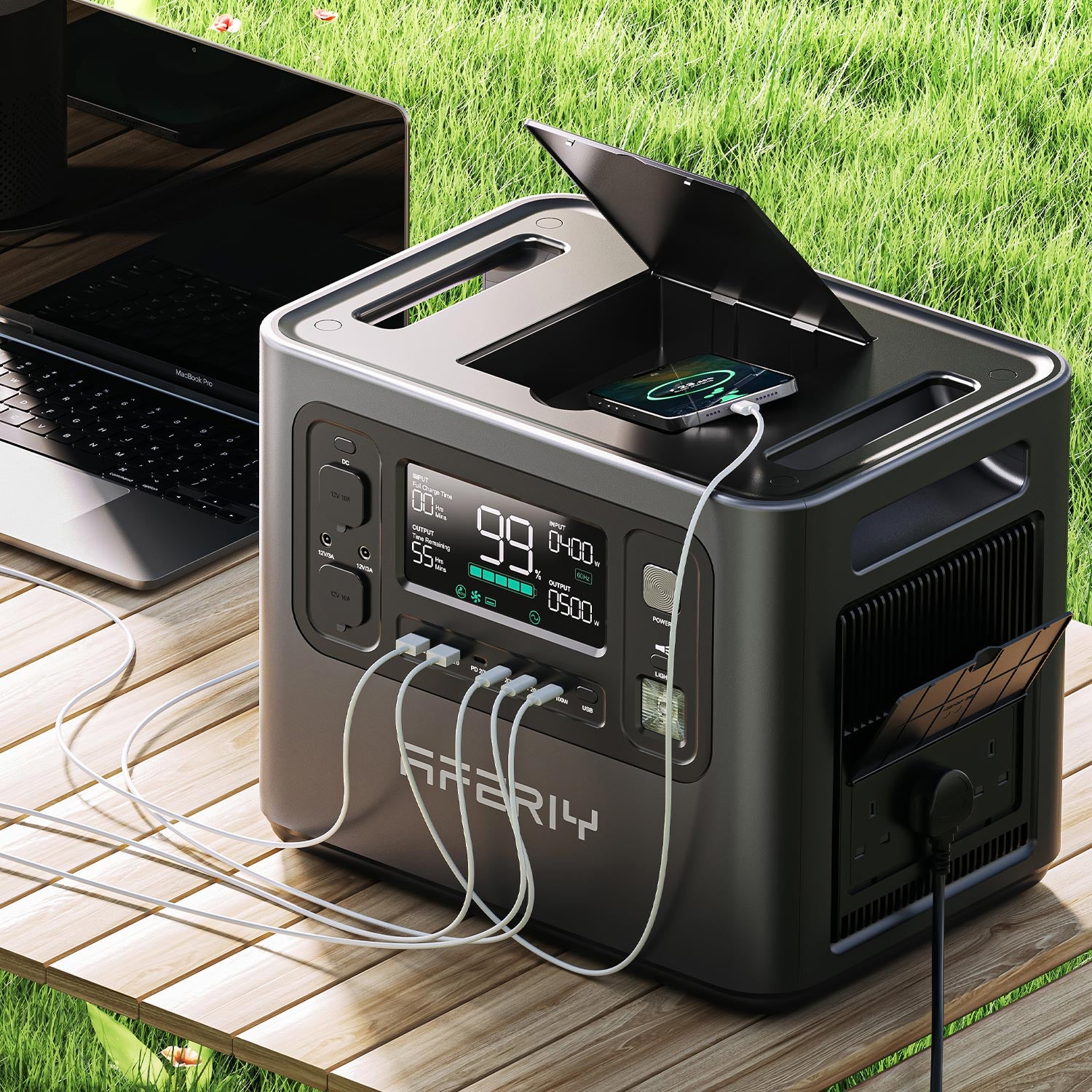


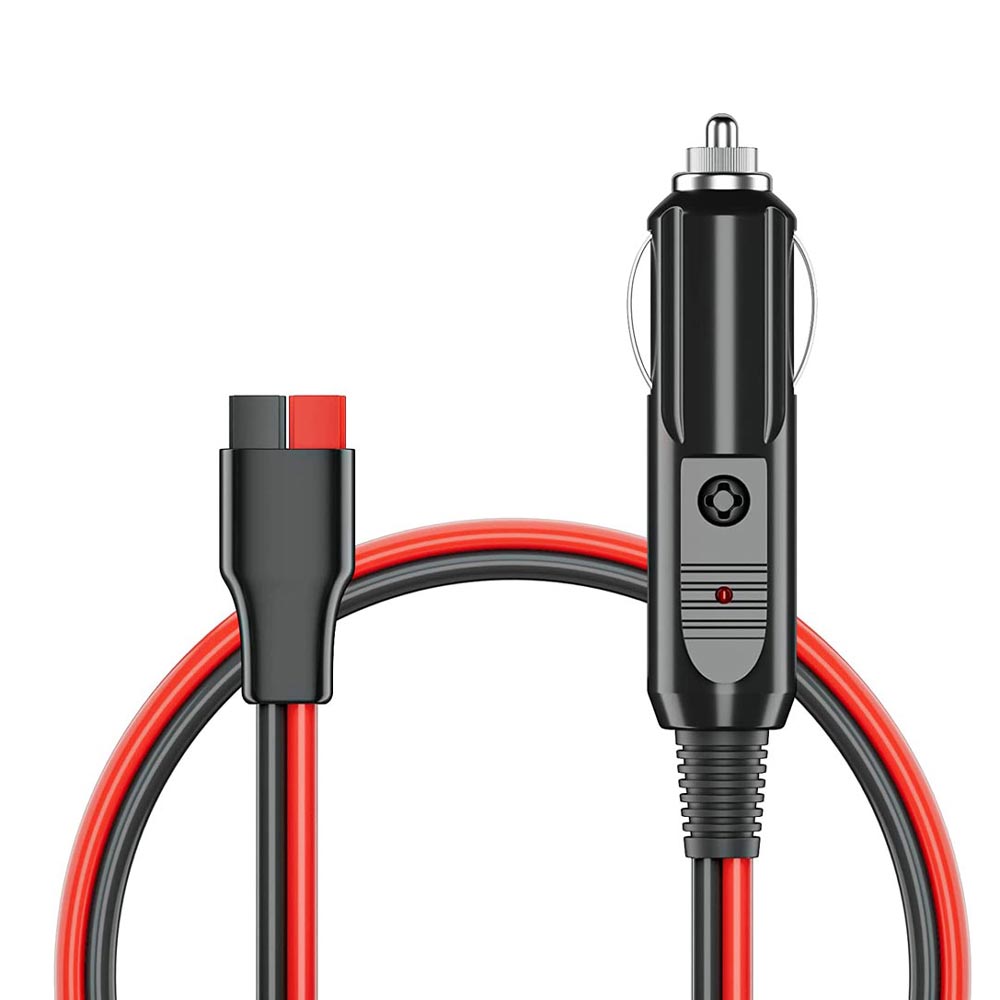
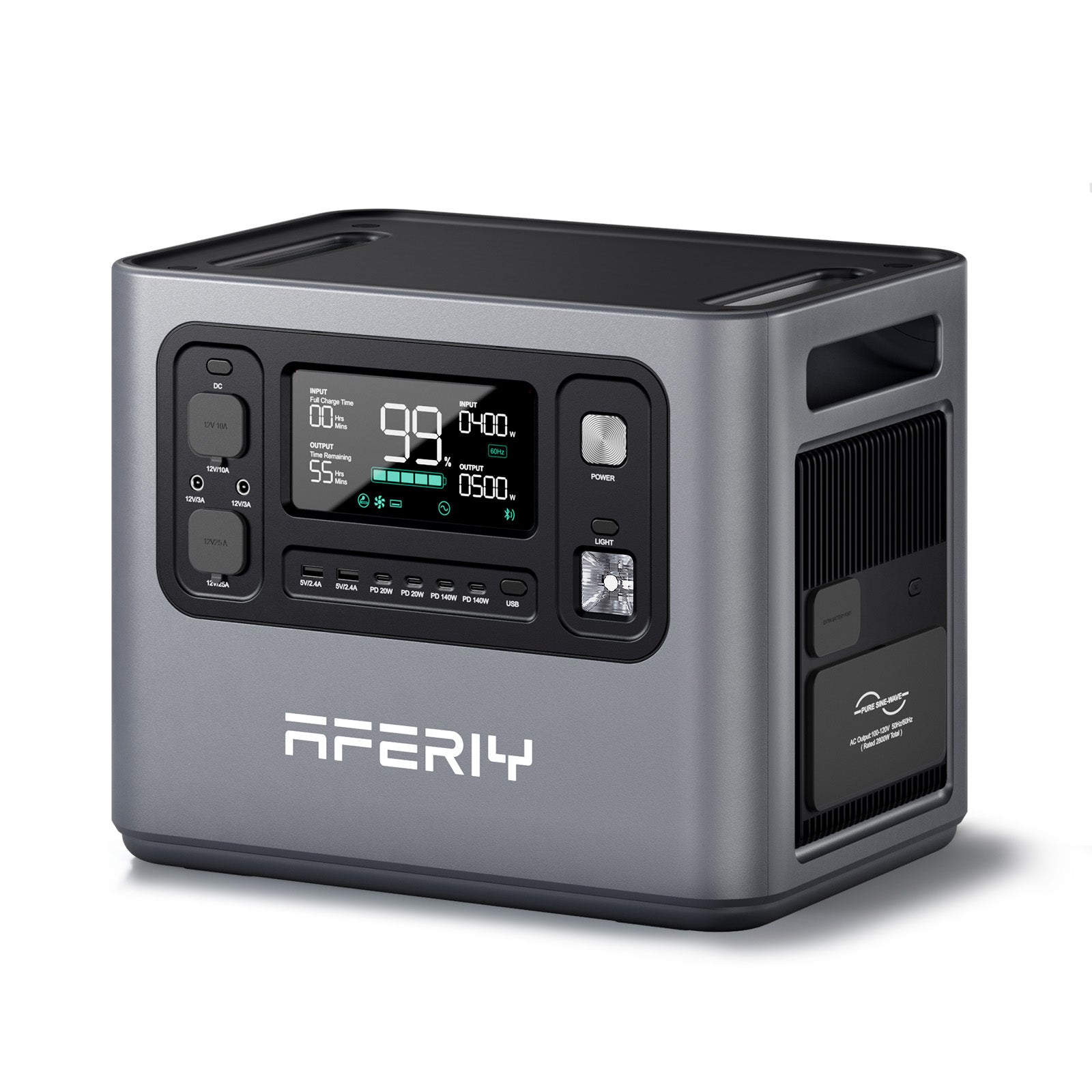
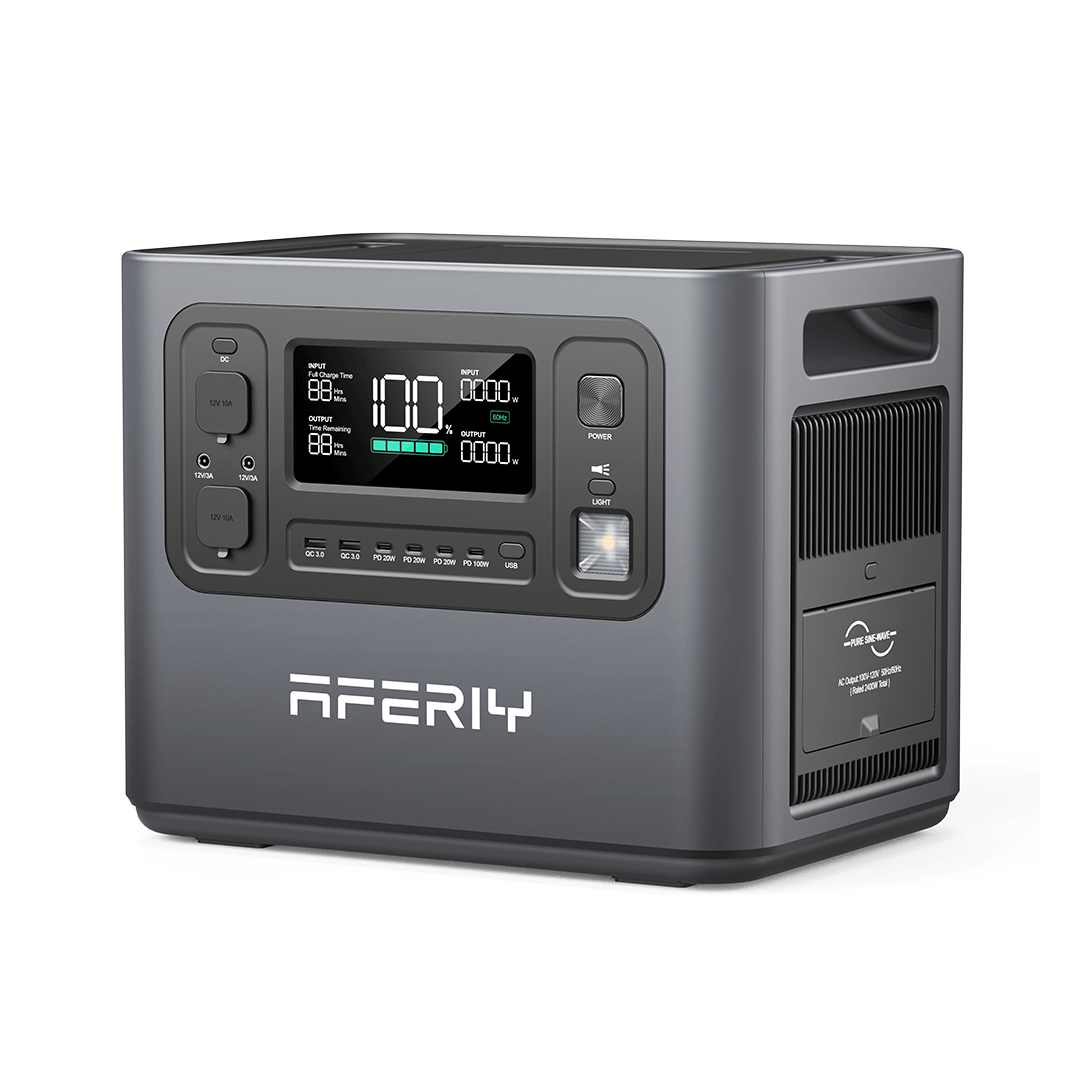

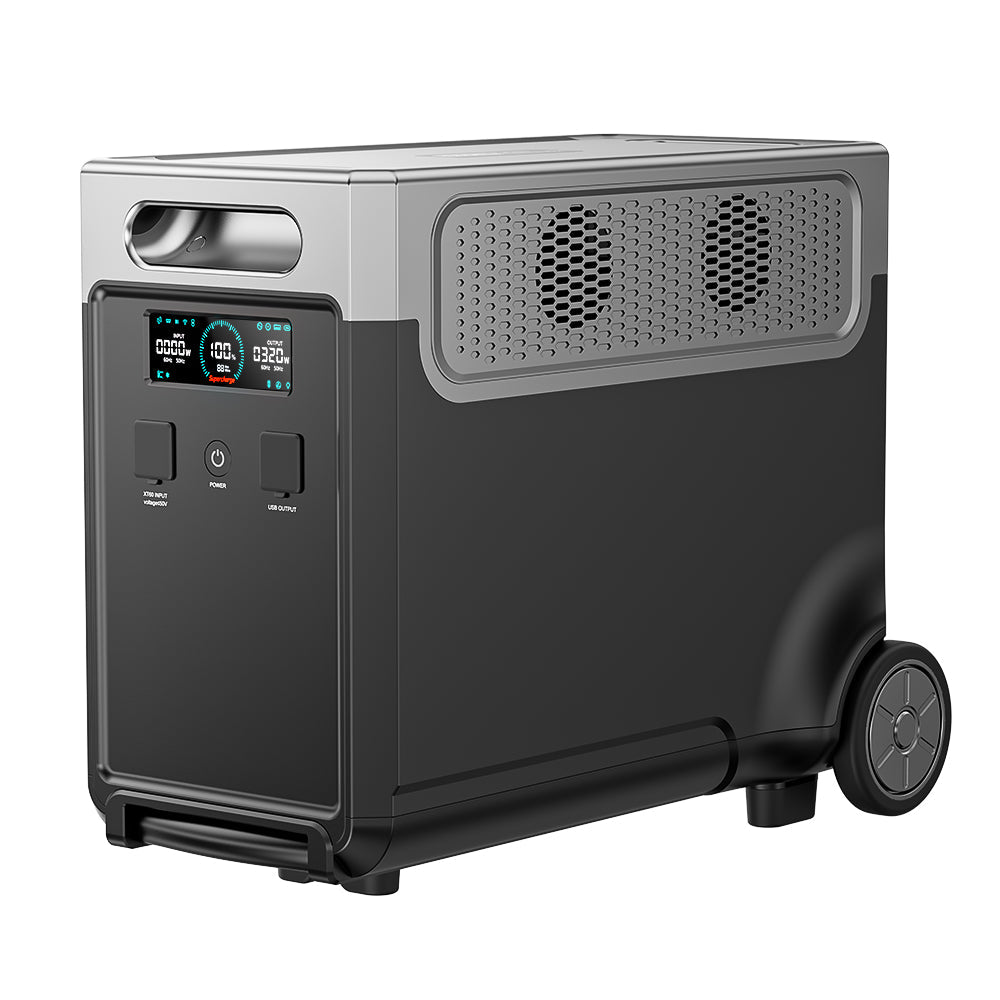
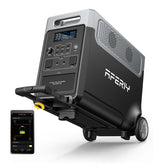
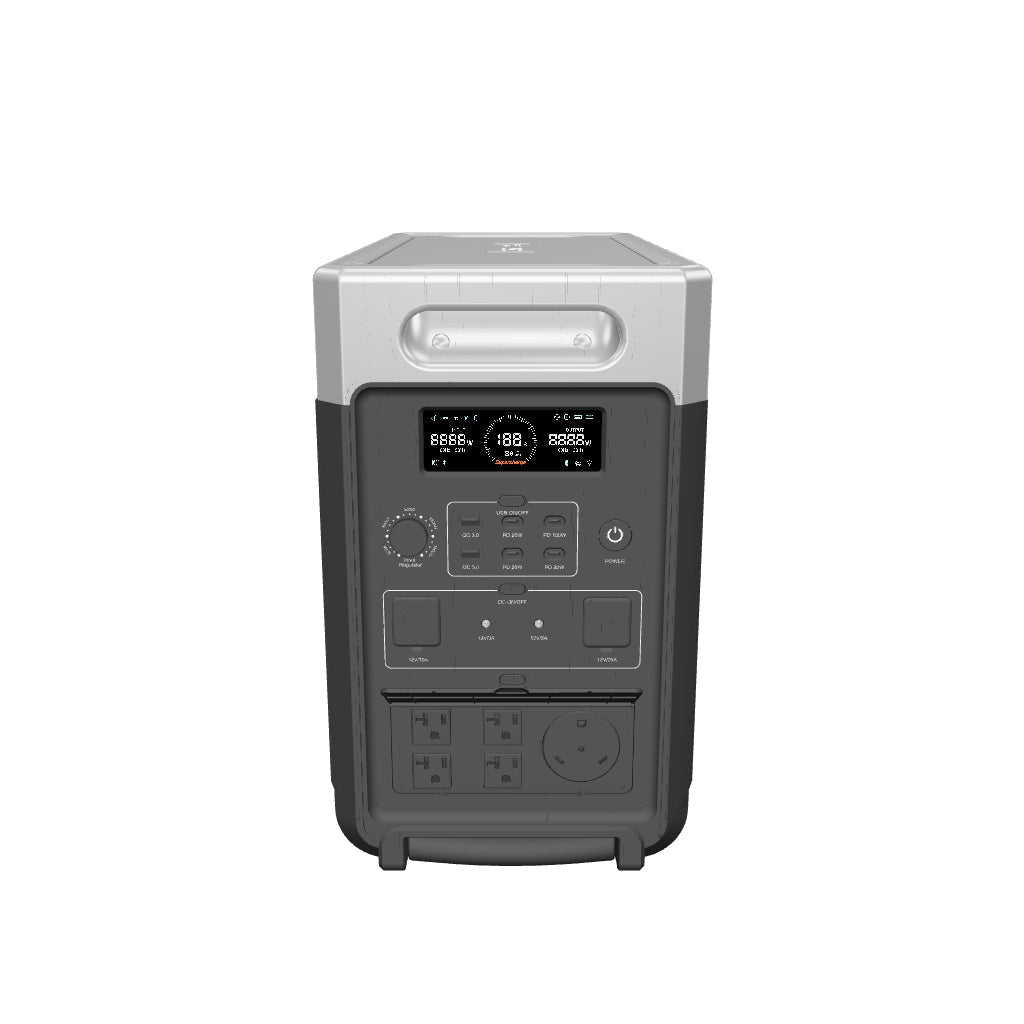
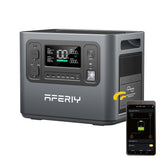
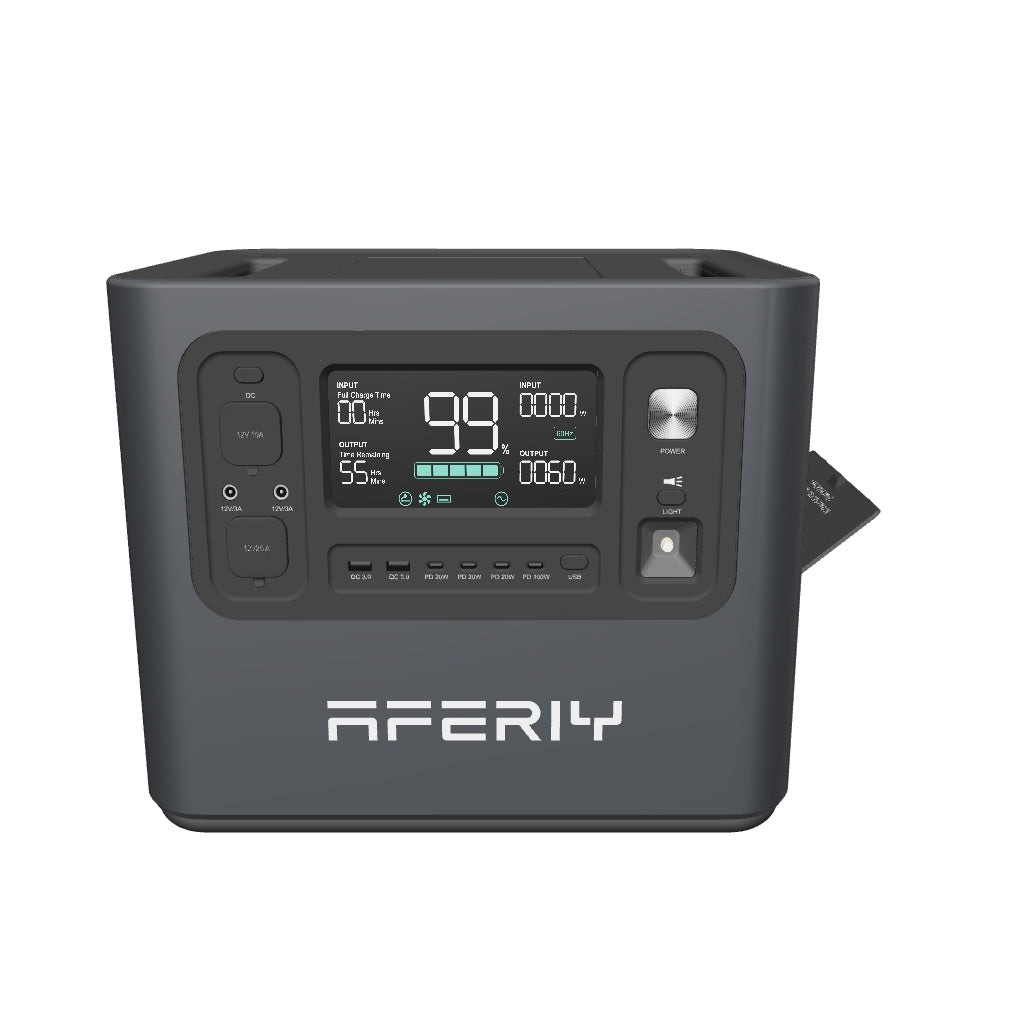
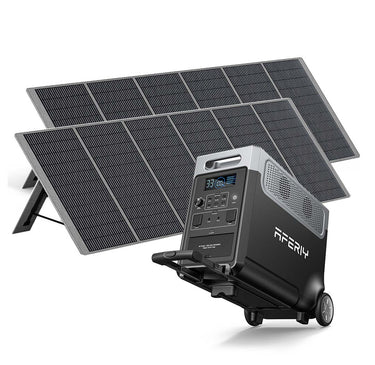
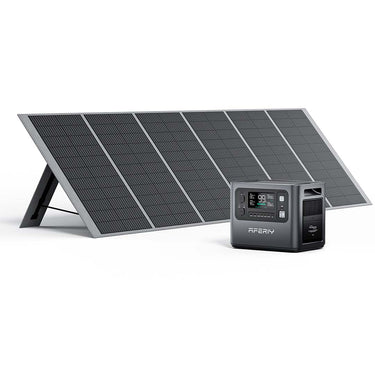
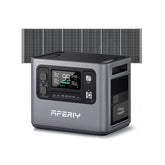

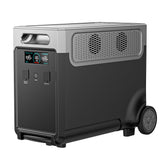

Leave a comment
Please note, comments need to be approved before they are published.